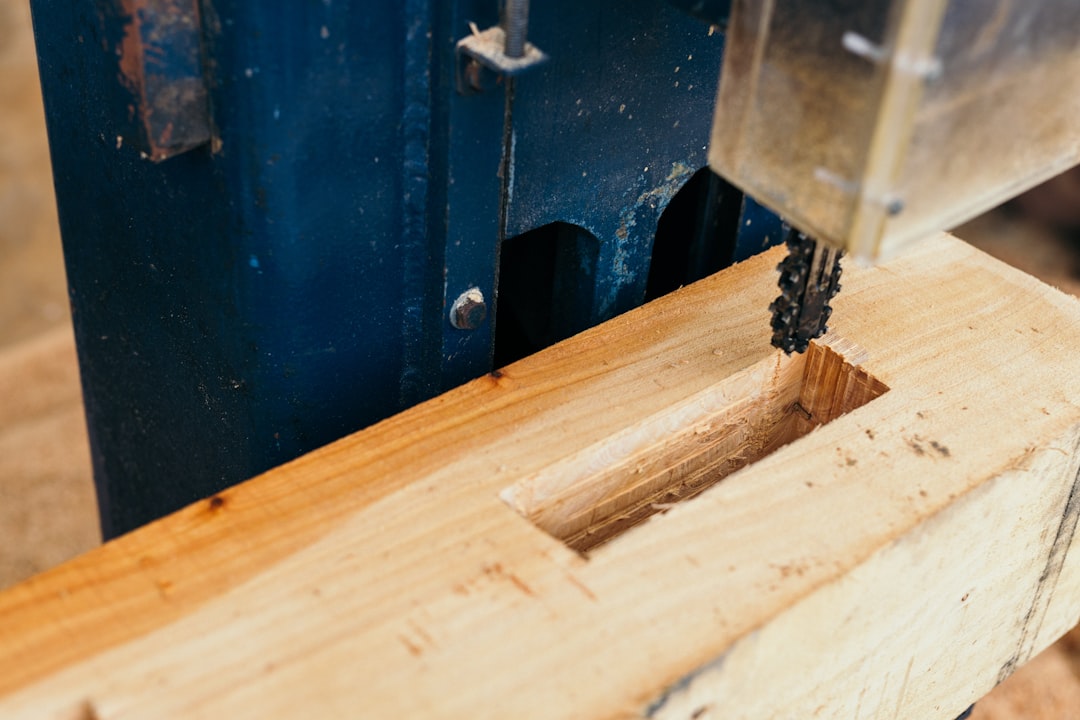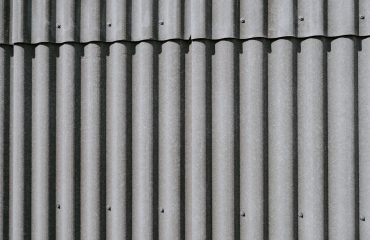Construction nails are seemingly simple components, yet their quality and suitability significantly impact the longevity and structural integrity of any project. Choosing the right nail requires understanding various standards, material properties, and the specific application. This comprehensive guide delves into the world of construction nails, exploring the crucial aspects of standards and durability to help you make informed decisions.
Understanding Construction Nail Standards
Various organizations set standards for construction nails, ensuring consistency in size, shape, and performance. These standards often dictate the dimensions (length, diameter, shank type), material composition, and even the manufacturing process. Key organizations involved in establishing these standards include the American Society for Testing and Materials (ASTM) and the International Organization for Standardization (ISO). These standards often specify minimum tensile strength, shear strength, and hardness requirements, ensuring the nails meet specific performance criteria. For instance, ASTM F1667 covers common wire nails, outlining specifications for dimensions, material properties, and testing methods. Understanding these standards is crucial for ensuring the nails you select will perform as expected under the anticipated load and environmental conditions.
The Role of Nail Material in Durability
The material from which a nail is manufactured significantly influences its durability. Common materials include:
- Steel: The most prevalent material due to its strength, availability, and cost-effectiveness. Steel nails can be further categorized based on coatings (galvanized, bright, etc.), which enhance their resistance to corrosion and environmental degradation. Galvanized nails, coated with zinc, provide superior protection against rust in outdoor applications.
- Aluminum: Lighter than steel, aluminum nails are often preferred for applications where weight is a concern or corrosion resistance is paramount in specific environments. However, they possess lower tensile strength compared to steel.
- Stainless Steel: Offers excellent corrosion resistance, making them ideal for marine environments or applications requiring long-term durability in harsh conditions. They are significantly more expensive than standard steel nails.
- Copper: Primarily used in specialized applications where its antimicrobial properties are advantageous, such as in decking or situations where corrosion resistance is critical.
The choice of material directly impacts the nail’s lifespan and performance, making it a critical factor in selecting the appropriate nail for a given project.
Nail Size and Shape: Impact on Holding Power
The size and shape of a nail are crucial factors affecting its holding power and suitability for different materials. Length is determined by the thickness of the material being fastened, with longer nails providing better holding power in thicker materials. Diameter, or gauge, affects the nail’s strength and resistance to bending. Thicker nails offer greater strength but may require more force to drive. The shank type (smooth, annular, spiral) also impacts holding power. Annular and spiral shank nails have increased surface area, improving their grip and reducing the likelihood of withdrawal. The point type (blunt, brad, diamond) influences ease of driving and the suitability for specific materials. A blunt point is ideal for hardwoods, while a sharp point is better for softer woods.
Coating and Finishes: Enhancing Nail Durability
Various coatings and finishes enhance nail durability and resistance to corrosion. Common coatings include:
- Galvanizing: A zinc coating that protects steel nails from rust. The thickness of the zinc coating determines the level of corrosion protection.
- Electroplating: Applying a thin layer of metal (e.g., copper, nickel, chrome) for enhanced corrosion resistance and aesthetics.
- Painting: Applying paint for aesthetic purposes and some level of corrosion protection, though it’s less effective than galvanizing or electroplating.
- Powder Coating: Provides a durable, protective layer that resists scratches and abrasion, improving longevity.
The choice of coating should be based on the expected environmental conditions and the desired lifespan of the construction.
Applications and Choosing the Right Nail
Different nails are designed for specific applications. For instance:
- Framing nails: Larger, heavier gauge nails used for framing structures, requiring high tensile strength.
- Finishing nails: Smaller nails with a finer head, used for finishing work where aesthetics are important.
- Roofing nails: Designed for fastening roofing materials, often with a larger head and ringed shank for enhanced holding power.
- Common nails: General-purpose nails used for a variety of applications.
- Box nails: Used for assembling boxes and crates, often with a slightly thinner shank.
It is critical to select the appropriate nail for each application to ensure structural integrity and durability. Failing to do so can lead to premature failure and potential safety hazards.
Understanding the standards, material properties, and applications of construction nails is vital for any construction project. By carefully considering the factors discussed above, you can ensure that your project uses the right nails for the job, leading to a stronger, more durable, and longer-lasting structure.
Tags: construction nails, nail standards, nail durability, nail types, construction materials




